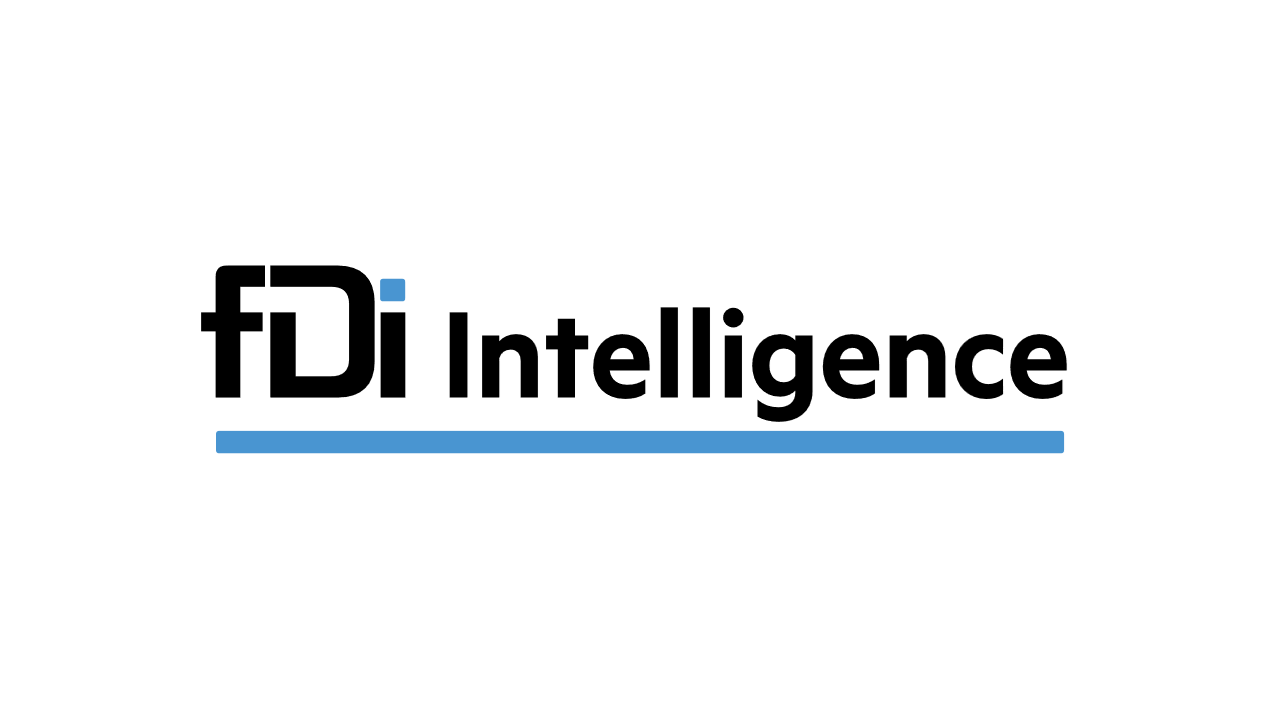India’s foreign investment community sees big opportunities to expand its global capability centres and innovation credentials, by luring projects which before the H1-B visa fee hike would have relied on Indian tech talent in the US.
But analysts warn the US policy change won’t lead to a flood of India-bound investment overnight, and that reforms are needed to convince India’s bright minds to stay home rather than head to other countries.
Indians hold around 70 per cent of H1-B visas, the US work permit for speciality occupations whose application fee was hiked by the White House from around $2000 to $100,000 in September.
The change initially created “shockwaves” and “despair” in India, local sources tell fDi. But its business sector sees investment opportunities from the two types of companies that dominate H1-B offerings — US big tech and Indian IT groups, like Tata Consulting Services and Cognizant — given their new barriers to importing Indian talent into the US.
US groups have been key players in the rapid expansion of India’s global capability centres, the operational hubs for multinationals which perform everything from finance to engineering, and increasingly focus on R&D and innovation. Over the past five years the number of India’s GCCs has increased from around 1300 to more than 1700.
“That expansion will move faster because of this H1-B visa issue,” says Anand Verma, a manager at consultancy Tractus’s India office. He expects the US visa hike to help push the number of GCCs in India to around 2,500 over the next five years.
Priti Verma, president of consultancy ResearchnConsulting in Bangalore, also expects US multinationals to expand their Indian operations. “Instead of calling people to the US, they will … hire people locally and implement projects from here,” she says.
fDi Markets data shows that since 2022 India has seen an FDI surge in functions increasingly performed by GCCs, such as R&D, software and IT.
Most GCCs are in tier 1 cities like Bangalore — the country’s tech hub — Hyderabad and Mumbai. But Anand Verma understands the government is looking to respond to the H1-B opportunity by improving the digital and physical infrastructure of tier-2 cities — such as Mysore, Coimbatore, Ahmedabad and Kochi — to become bigger GCC hubs.
The Indian government didn’t immediately respond to fDi’s request for comment.
A new model
Experts in the US are less bullish on India’s H1-B investment prospects, but they do view it as an opportunity for the country. Mukesh Aghi, president and CEO of the US-India Strategic Partnership Forum, expects US multinationals to “offshore” to India work such as product development. But he says “high-end” roles will remain in the US. “For the AI work being done by Microsoft or Google, they can afford $100,000 for six years [the initial three-year HB-1 visa term plus a renewal],” he says.
Ashish Chaturvedi of HFS Research in Boston believes US tech majors will use India to accelerate AI, cloud and data engineering programmes. But he doesn’t expect the visa change to “trigger a wave of new investment”.
Among the biggest long-term effects, he says, could be India’s tech ecosystem making a bigger push towards local innovation. It’s a view shared by Manjeet Kripalani, executive director at Gateway House: Indian Council on Global Relations.
She argues the country’s biggest opportunity isn’t to attract more GCCs, but for India’s IT consultancies that rely on H1-B visas to shift their focus away from serving US clients, to creating their own IP at home. “They’re going to have to think about a new model. Are they really just going to do outsourcing, or are they going to start thinking about bringing the IP rights home … to serve the global market?” she asks.
People element
Seeing these opportunities materialise hinges on India reversing its brain drain. The consensus is that India must do more to retain local talent, including through tax breaks, improved salaries, relocation packages and better career prospects.
What’s more, many H1-B aspirants are not just looking for a well-paying job, but also a life abroad. This raises the stakes for India amid a global tussle for talent. Since the US visa policy change, China has introduced a K-visa for tech workers and Germany’s ambassador to India has welcomed its talent. English-speaking countries like Canada, Australia, UK and Singapore remain top alternatives to the US.
However, in a recent survey of 2,089 Indians on H-1B and other highly-skilled US visas by workplace platform Blind, 45 per cent said if they had to leave the country they would return to India.
For those outside the country, however, Kripalani suggests that securing an elusive H1-B had become an unhealthy fixation. “We really have Donald Trump to thank for a reset in the way young [techie] Indians are thinking about their future,” she says.
View the article
If you don't have an account, Register here |
With the exception of our Horizons reports, most of our research is available for free on our website. Sign up for a free account and start realizing the power of insights now.
Our premium subscription gives enterprise clients access to our complete library of proprietary research, direct access to our industry analysts, and other benefits.
Contact us at [email protected] for more information on premium access.
If you are looking for help getting in touch with someone from HFS, please click the chat button to the bottom right of your screen to start a conversation with a member of our team.